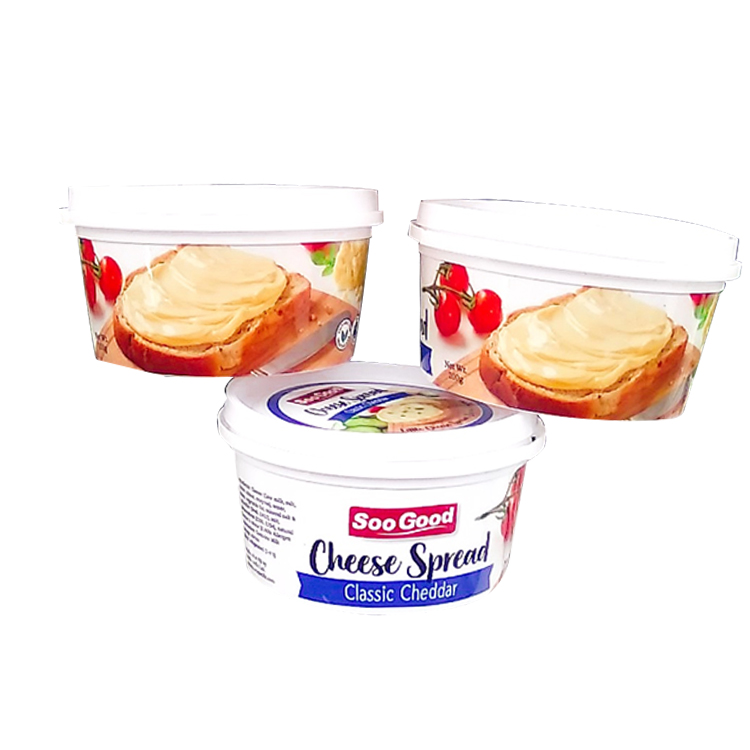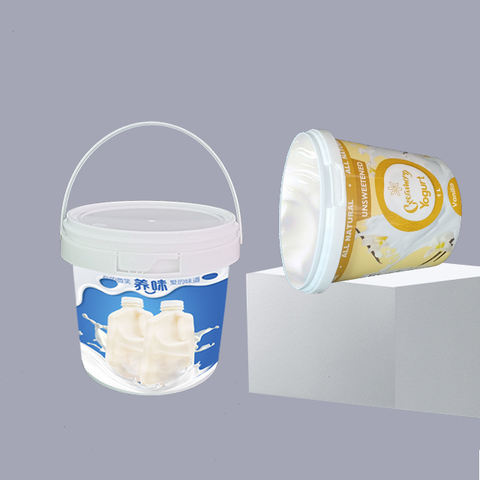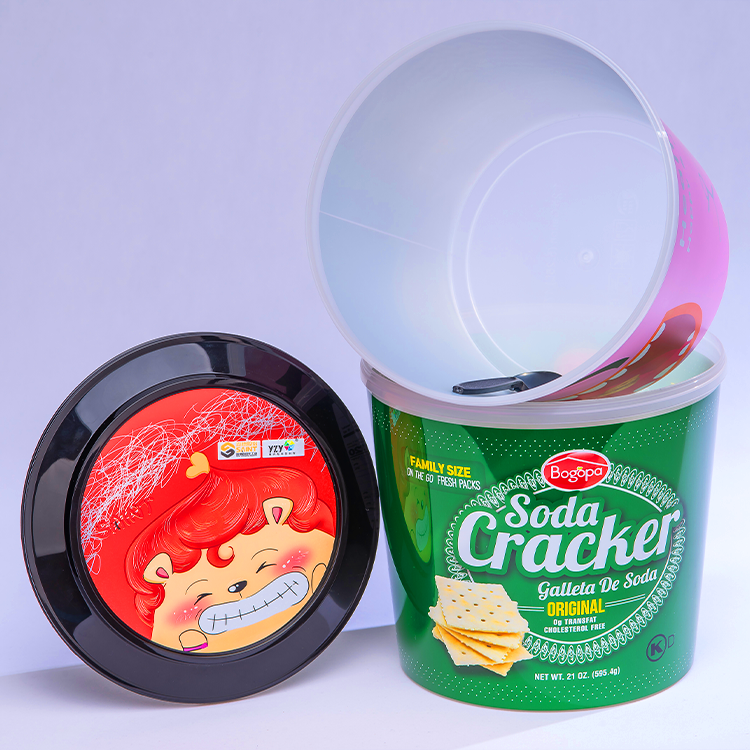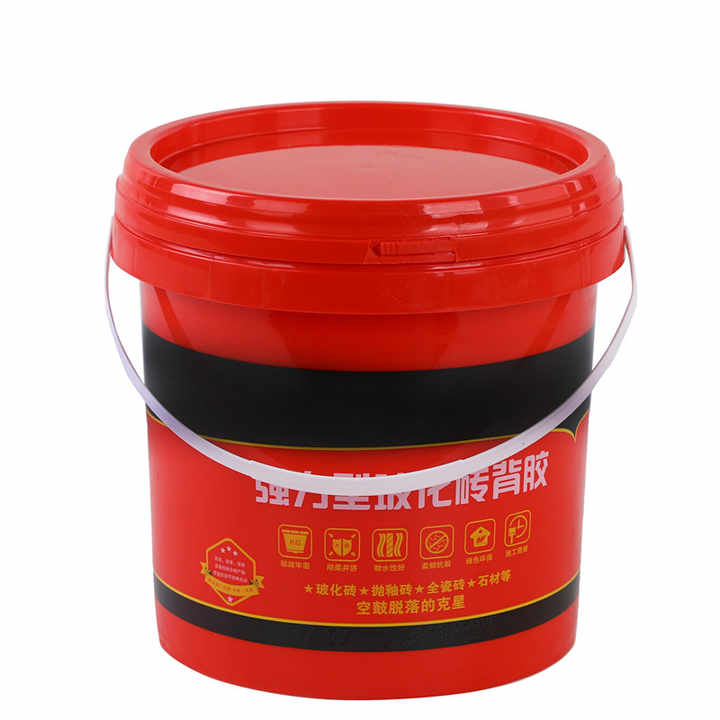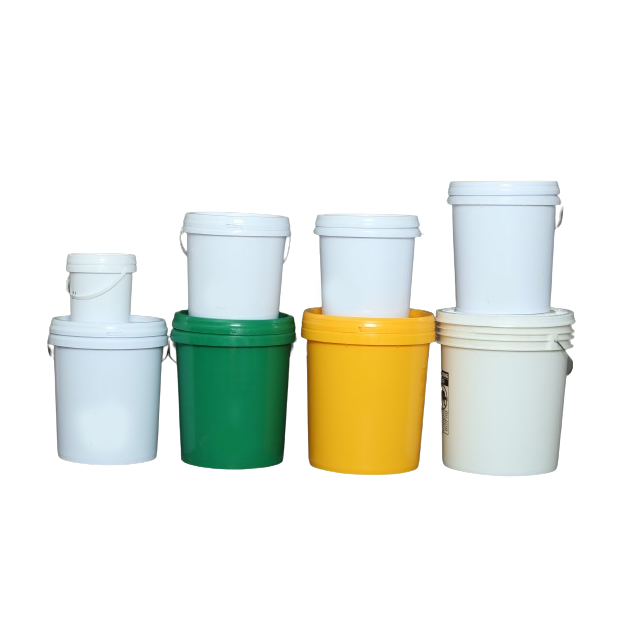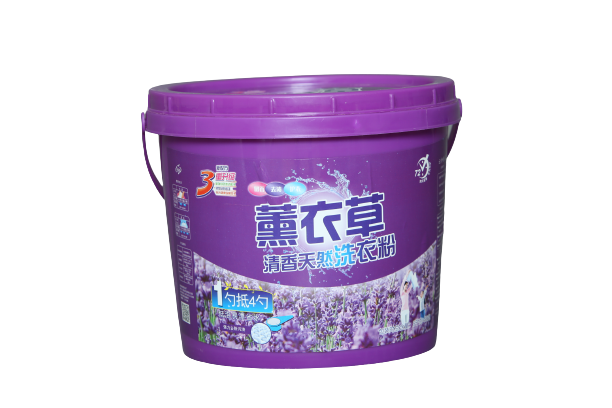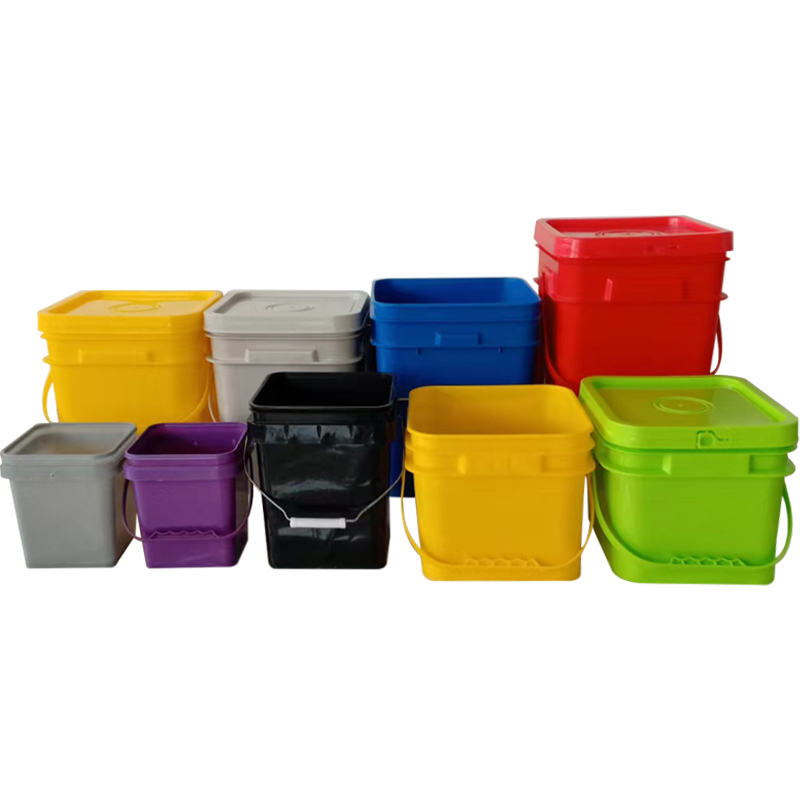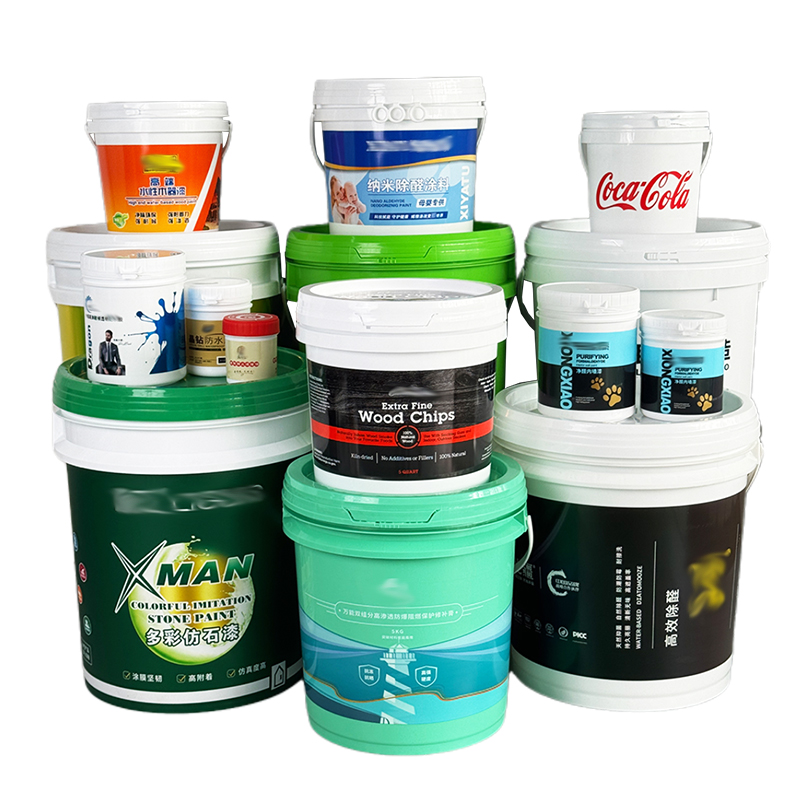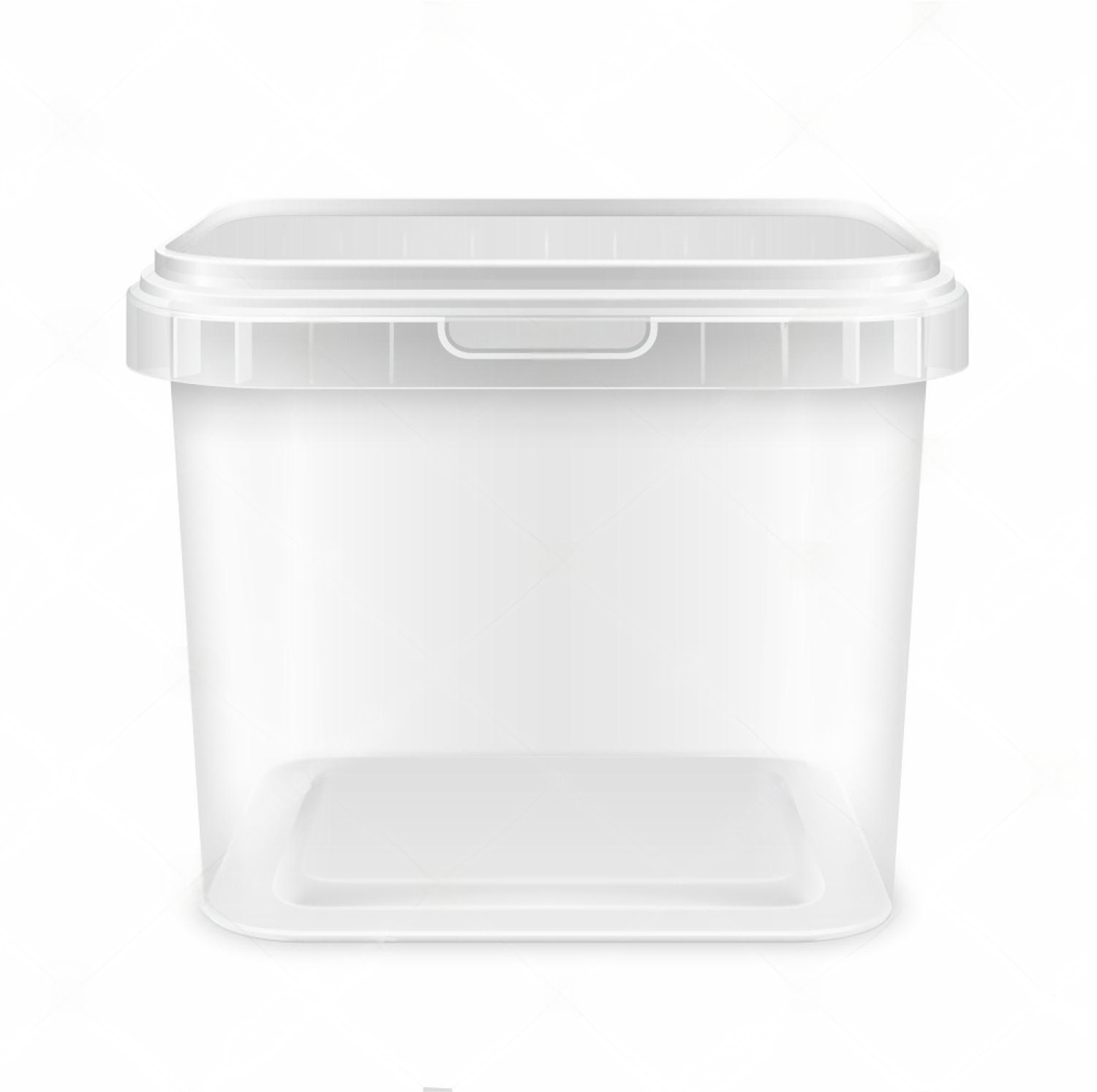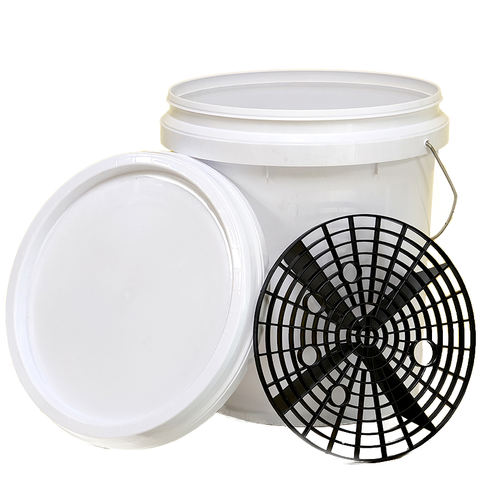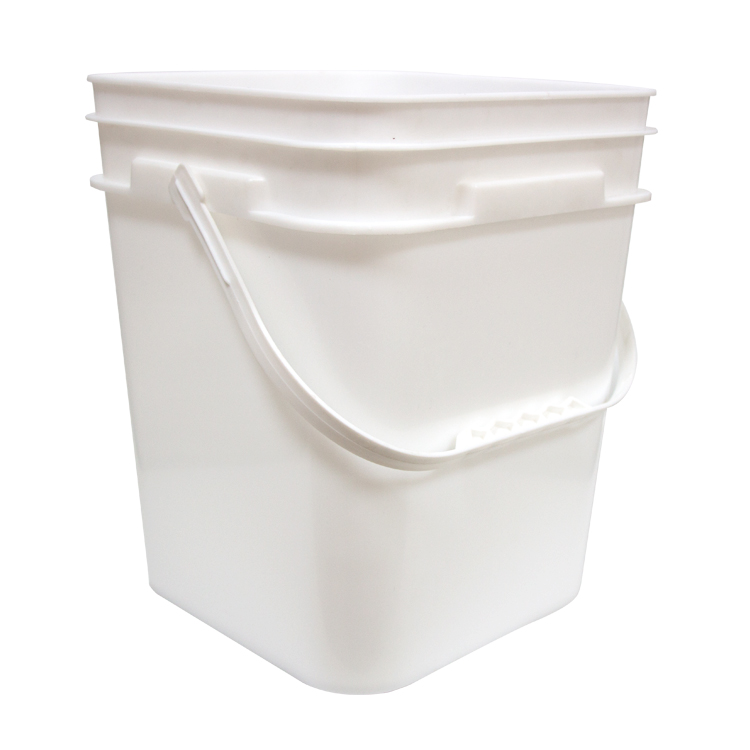
로렘 입섬 돌로르 시트 아멧, 컨설턴트 아디피싱 엘리트, 세드 도 이우스모드 로렘 입섬 돌로르 시트 아멧 컨설턴트 아디피싱 엘리트, 세드 도 이우스모드 로렘 입섬

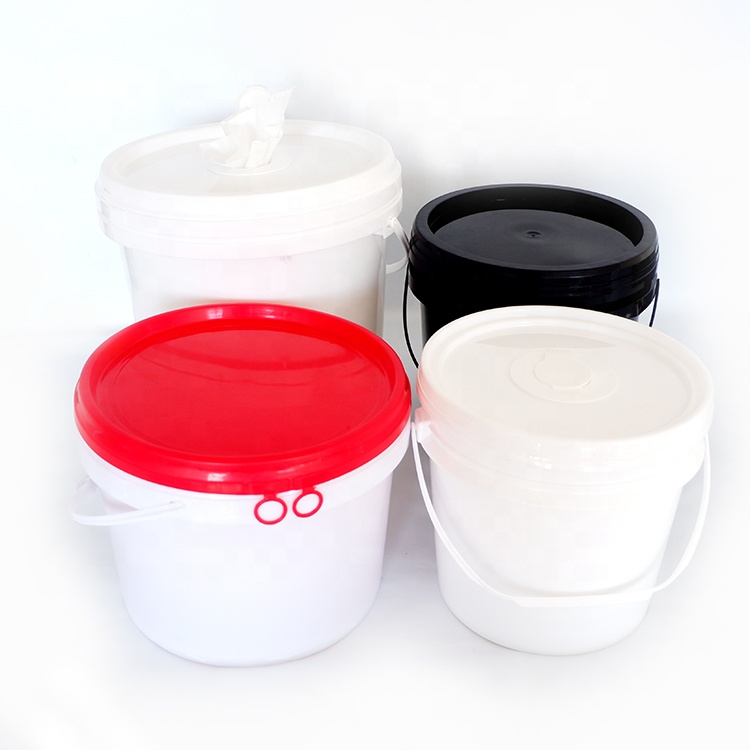
의료 서비스의 세 가지 버킷: 병원 및 감염 예방을 위한 클린 솔루션
홈 목차 소개 깨끗한 병원은 생명을 구합니다. 이 문서에서는 의료 서비스의 세 가지 버킷과 그 방법을 살펴봅니다.
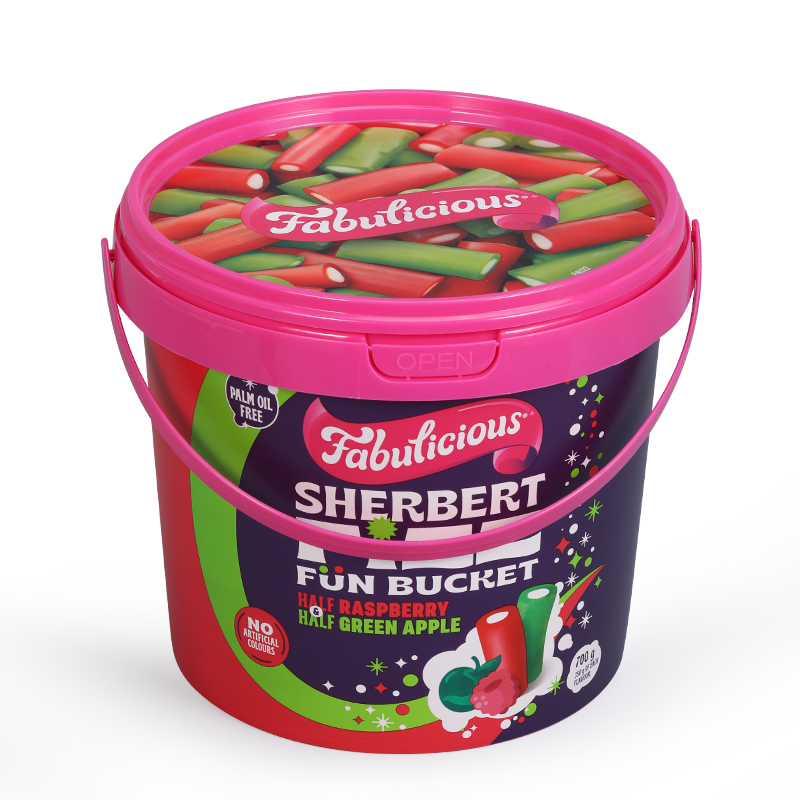
제조 ROI: 라운드 버킷 크기 포트폴리오 분석
재료, 제조 공정, 안전 표준 및 지속 가능성 관행을 포함한 2024년 조류 종자 통 생산에 대한 종합적인 분석입니다. 업계 전문가와 제조업체를 위한 필수 가이드입니다.

